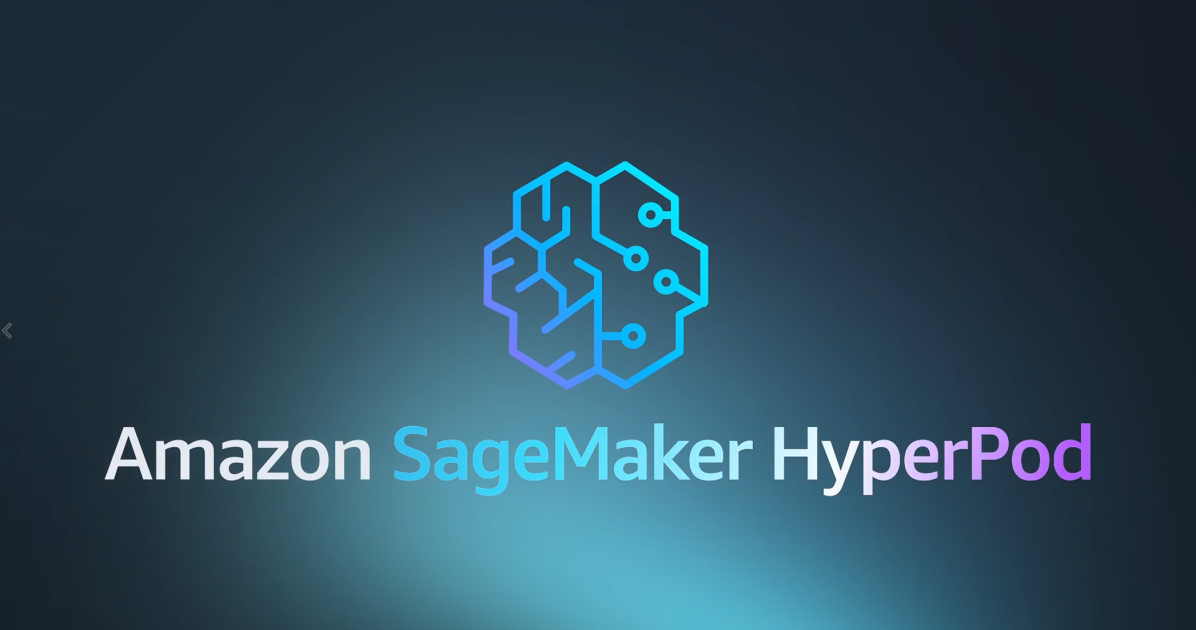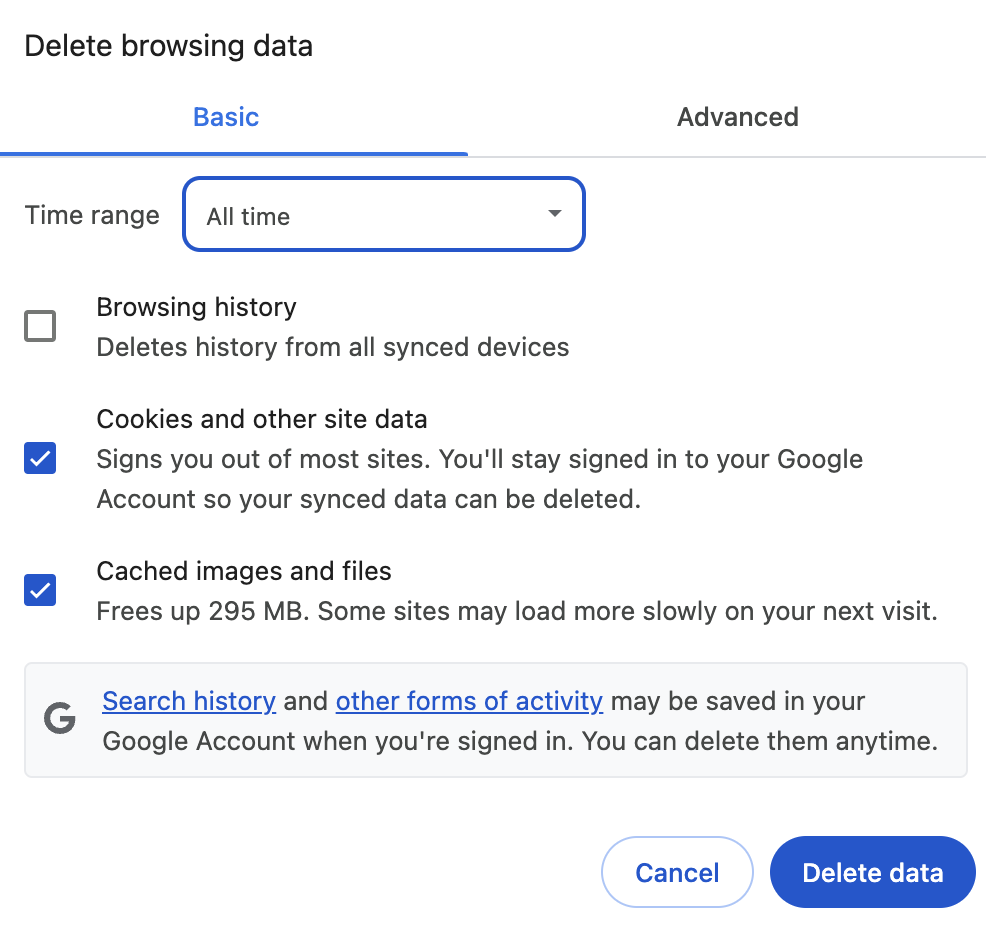Large language models (LLMs) have made a significant impact with their ability to generate human-like text, translate languages, and answer questions. However, while LLMs excel at certain tasks (e.g. creating images, summarizing documents, and generating ideas), they are not always the optimal solution for every problem. To fully leverage the potential of AI, we need to adopt a more comprehensive approach that integrates LLMs with other techniques, including traditional software development specifically, deterministic algorithms and rule-based systems.
Imagine you’re building a house. You wouldn’t rely on one tool as it is not suitable for each task required to construct a house. You’d need a hammer for nails, a saw for wood, and a screwdriver for screws. Similarly, different AI approaches have unique strengths and are best suited for different tasks.
Traditional software methods are like the foundation of your house. It’s built on logic and precision, with every step carefully planned and coded. This deterministic nature ensures that the same input always produces the same output, making it ideal for tasks where accuracy and reliability are paramount, such as database queries, financial transactions, and process automation.
LLMs, on the other hand, are more like the creative elements in your house, such as the paint colors or the furniture arrangement. They’re designed to be flexible and adaptable, capable of generating diverse and nuanced outputs. This non-deterministic behavior makes them excellent for tasks that require creativity, such as writing stories, composing music, or generating conversational responses. However, this flexibility also means that LLMs can sometimes produce unexpected or inconsistent results, requiring careful validation and contextual control.
Relying solely on LLMs for every task is like trying to build a house using only a hammer. You might make some initial progress, but you’ll soon encounter limitations. For example, consider building a customer service chatbot. An LLM can handle open-ended questions and provide personalized responses, but it might struggle with tasks requiring strict adherence to rules or access to specific data, such as checking an order status or processing a refund. In these situations, integrating traditional software components specifically, API calls to backend systems and database lookups can ensure accuracy and efficiency. Moreover, while LLMs can generate impressive results, they can also be susceptible to biases or produce outputs that are factually incorrect or nonsensical. Integrating LLMs with other techniques, such as knowledge graphs or rule-based systems, can help mitigate these risks and ensure the AI system remains grounded in reality and maintain data integrity.
To fully realize the potential of AI, we need to move beyond using individual tools in isolation and embrace the concept of AI agents. An AI agent acts like a conductor, orchestrating a symphony of different approaches to solve complex problems.
Consider an AI agent as a personal assistant capable of handling a wide range of tasks. It can understand your needs, decompose complex requests into smaller subtasks, and delegate those subtasks to the most appropriate tool. For instance, if you ask your AI agent to plan a trip to Paris, it might use an LLM to generate itinerary suggestions, a traditional software module (e.g., REST API) to book flights and hotels, and a knowledge graph to provide information about local attractions and real-time data such as weather or traffic.
Developing AI agents can be a complex and time-consuming process, requiring expertise in multiple domains. However, Google Cloud’s Vertex AI Agent Builder makes this technology more accessible.
Vertex AI Agent Builder provides a user-friendly interface that allows you to create AI agents with varying levels of coding expertise, from no-code to full-code solutions. Simply define your agent’s goals, select the appropriate tools, and connect them via pre-built connectors or custom integrations. This empowers businesses and developers of almost all skill levels to leverage AI agents to solve real-world problems.
You can find pre-built agents within Vertex AI Agent Builder, like the ones shown in Figure 4.
Streamline your AI agent development with Vertex AI Agent Builder. No more tedious design of conversation flows or intent definitions. Just input your agent’s goal and provide high-level instructions. The agent will intelligently navigate the process, leveraging other agents and tools to achieve its goal. This means faster development and more effective solutions.
The future of AI lies in collaboration. By combining the strengths of different AI approaches, we can create systems that are more powerful, reliable, and versatile than ever before. LLMs will undoubtedly play a crucial role in this future, but they will be most effective when working in concert with other AI techniques and traditional software development methods within a robust, scalable, and secure architecture.
// Thanks to Menam Lee for co-authoring,
// Thanks to Trent Mifsud for reviewing
Source Credit: https://medium.com/google-cloud/solving-problems-effectively-with-ai-agents-38627b4bb27f?source=rss—-e52cf94d98af—4



